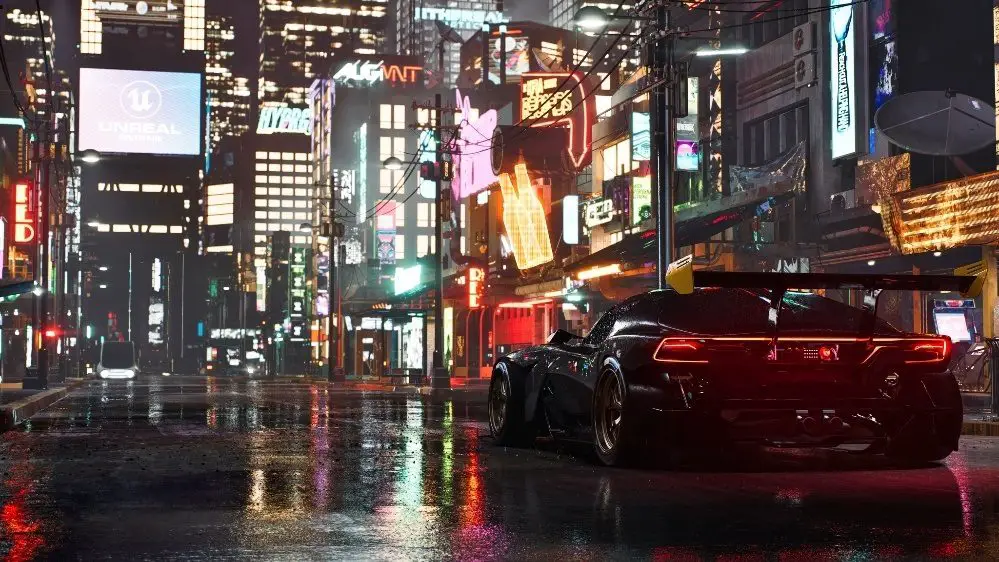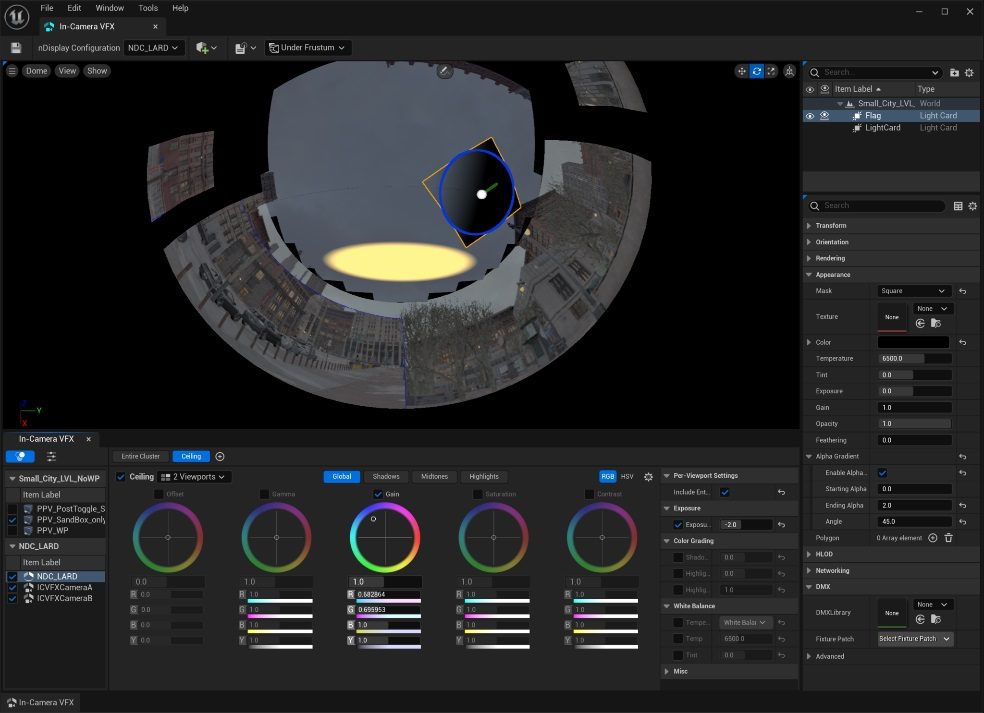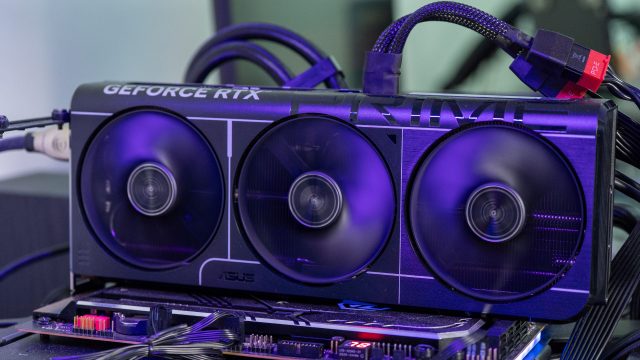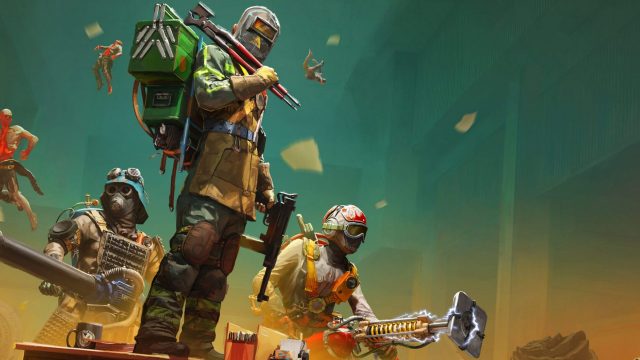The Unreal Engine 5 has been the cornerstone of modern games and video productions providing creators with multiple elements to breathe life into digital content that can rival the realistic world. With the latest update in the form of Unreal Engine 5.1, more good things are inbound.

For starters, improvements have been made to the dynamic global illumination and reflections system Lumen, virtualized micropolygon geometry system Nanite, and Virtual Shadows Maps which are capable of hitting 60FPS on next-gen consoles and PCs alike while addition to Nanite includes the Programmable Rasterizer to allow material-driven animations and deformations via World Position Offset as well as opacity masks.
Productivity boost is also one of the main focuses in the 5.1 updates as Virtual Assets’ metadata is now decoupled from the object data to make syncing specific elements much more direct and less demanding while the new automated Pipeline State Object (PSO) caching for DX12 is further simplified with improved efficiency in preparing and building a game in DX12. On-demand shader compilation now only compiles the required shaders of what is on the screen to eliminate unwanted resource wasting.
Large and massive open-world titles in development will also appreciate the new Large Word Coordinates within World Partition on top of the accelerated source control workflows of better managing, filtering, searching, and viewing files and change lists on the fly. Performance uplift in Hierarchical Level of Detail (HLOD) in terms of water rendering and streaming can now enjoy less memory footprint and smoother visuals.

Other than game development, many studios are also adopting Unreal Engine 5.1 for video, film, and TV production and one of the new functions added for them is the new dedicated In-Camera VFX (ICVFX) editor that allows stage operators to skip through Outliners in order to find specific objects and controls while Remote Control APIs allows some powerful and custom browser-based remote controls to be created and give access to toggles much quicker and easier than before.
Within the ICVFX Editor, users can also enjoy the improved Light Card system that displays as a preview of nDisplay for a more intuitive and efficient experience of creating, moving, and editing light cards and templates in addition to Color Correction Windows (CCWs)’s ability to adjust colors exclusively to anything behind them and apply color corrections per actor as well.
Newly added Media Plate Actor also comes into play by enabling OpenEXR support to make dragging and dropping footage from Content Browser possible now and one can play back mipmapped and tiled uncompressed EXRs both in the engine and with nDisplay together with EXRs convert for optimum playback. What’s more, the entire virtual camera system has been overhauled too and now it has a new underlying framework that uses Epic’s Pixel Streaming for better reliability and responsiveness.
While previously one may need to go through a baking step to change a light source’s angle and bounce angles, it is no longer required as Lumen’s new update now offers initial support for nDisplay while GPU Lightmass is better now thanks to the addition of support for Sky Atmosphere, stationary Sky Lights, light features such as IES profiles and Rect Light textures.

The 5.1 update also sees the Machine Learning (ML) Deformer entering beta and it can generate high-fidelity approximations of nonlinear deformers, arbitrary deformation, and even complex proprietary rigs by utilizing a custom Maya plugin that runs in real-time within Unreal Engine. Enhancements towards the Deformer Graph Editor include easier graph creation and editing too.
On the other hand, Control Rig now has full procedural rigging which will definitely increase the scalability and impact of rigging teams in general. A new Construction Event allows users to generate rig hierarchies via a graph with Custom User Events handling the creations and trigger of rig events such as “Snap FK to IK” for a single Control Rig asset that can adapt to actors with different skeletal properties such as applying a Control Rig of a three-fingered monster to a five-fingered human directly.
Constraints have also been added to Sequencer including the likes of Position, Rotation, and Look-at for an easy and quick animation relationship between Control Rig and Actors. Blueprint and Python scripting is within the latest list of support while refactored UI/UX will make navigating functions and elements much more concise and useful.





